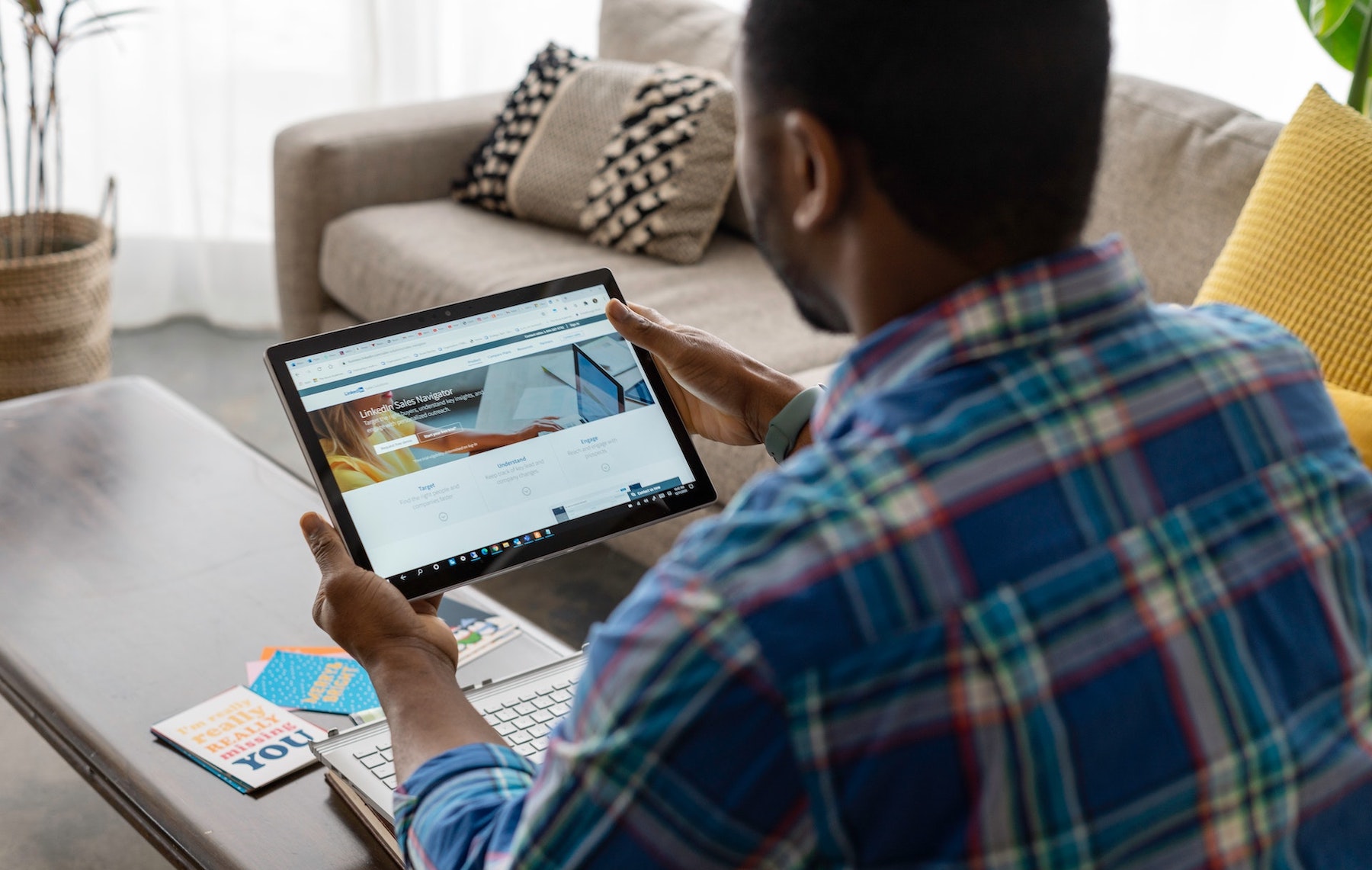LinkedIn stands as an essential platform for digital marketing, boasting over 875 million members from more than 200 countries. This makes it a crucial place for businesses looking to connect and grow. With such a wide audience, using LinkedIn marketing tools is key for any company wanting to make the most of this platform. These tools help simplify reaching and engaging the right audience effectively.
Automation tools and social media management solutions have become indispensable in enhancing efficiency and reach, allowing for sophisticated targeting and analytics capabilities. However, the essence of marketing on LinkedIn lies in personal connections and engagements, which demand a human touch. Bridging this gap is key to leveraging LinkedIn’s full potential, making it imperative for businesses to thoughtfully integrate both approaches to drive genuine engagement and achieve sustainable growth.
Understanding LinkedIn’s Role in Digital Marketing
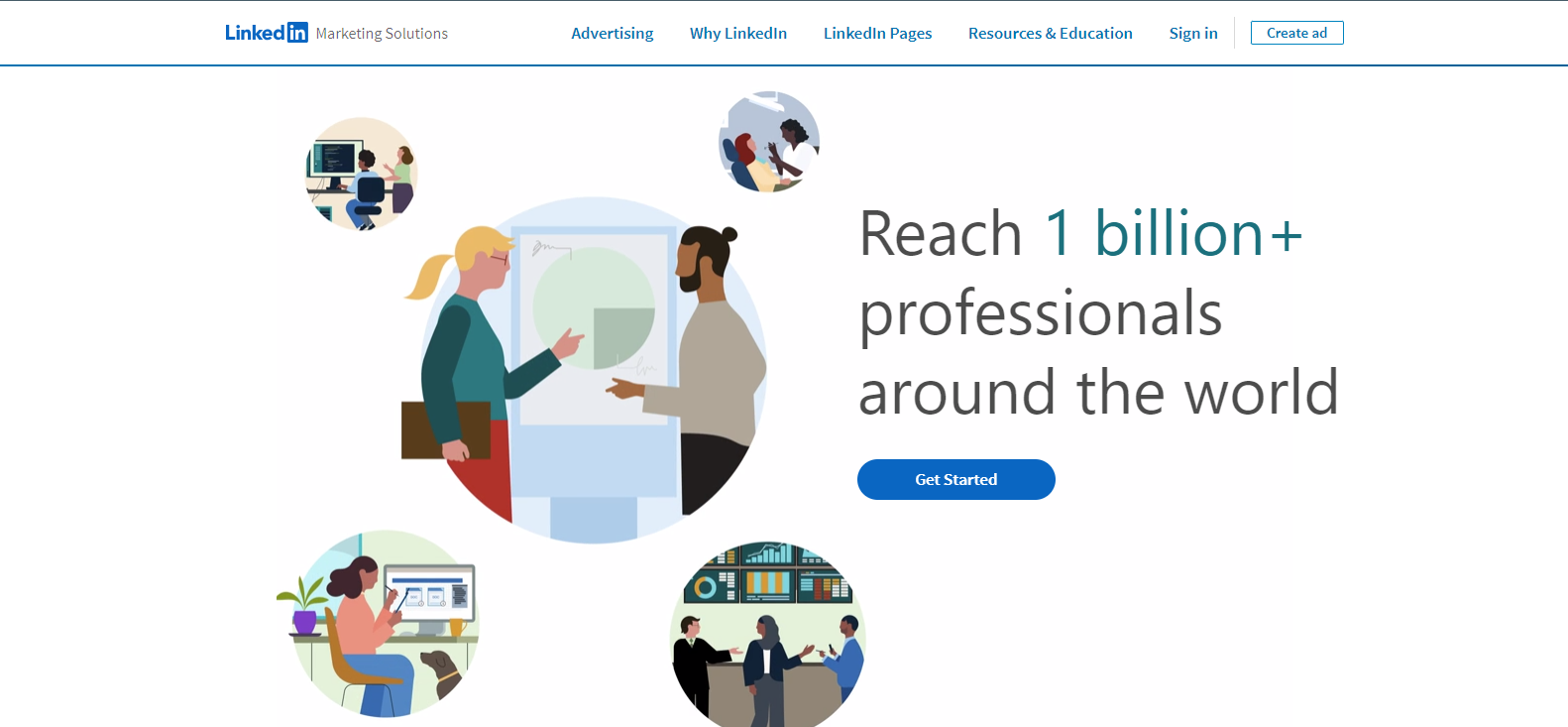
LinkedIn is a key platform for digital marketing, serving both B2B and B2C needs. It’s a vital space for sharing ideas and opportunities, especially with its audience of decision-makers. With advanced tools, it streamlines marketing efforts and networking. For B2B, it engages stakeholders directly, while for B2C, it builds brand reputation.
In summary, LinkedIn offers businesses a potent tool to connect with the right audience and expand their influence.
The Evolution of LinkedIn Marketing Tools
LinkedIn started as a place for professionals to connect and share their work stories. But it quickly became much more. It turned into a powerful tool for businesses to reach out and talk to potential clients and partners. Let’s look at how LinkedIn’s marketing tools have changed over time and how they’ve made things better for businesses.
In the beginning, LinkedIn was simple. You could create a profile, connect with others, and that was mostly it. But then, LinkedIn introduced new tools. These tools were made to help businesses get noticed and find the right people to talk to.
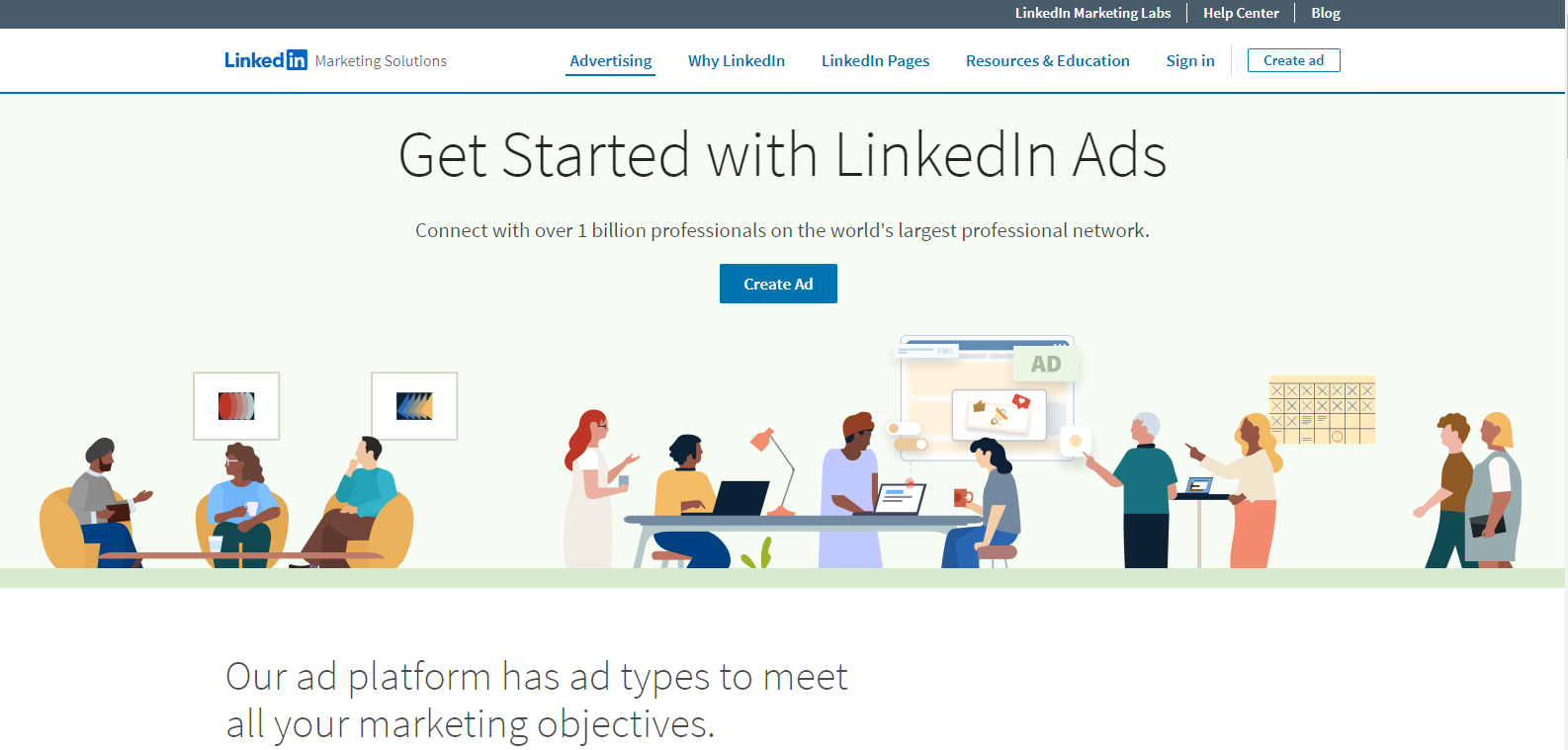
For example, LinkedIn Ads allowed companies to show their messages to specific groups of people. This was a big step because it meant businesses could talk directly to those who might be interested in what they had to offer.
Then came more advanced tools like LinkedIn Sales Navigator. This tool is like a smart assistant for finding and talking to potential clients. It helps businesses by giving them information about who might be interested in their products or services. It even suggests who to talk to next. This was a game-changer because it made finding new clients much easier.
The best LinkedIn marketing tools today do more than just help you find people. They also let you understand them better. LinkedIn Analytics, for instance, gives businesses insights into how their posts are doing. Are people interested? Are they engaging with the content? This information is gold for businesses because it helps them create better messages that really speak to their audience.
These tools revolutionize digital marketing by facilitating targeted outreach, customer understanding, and meaningful engagement. LinkedIn’s marketing capabilities have evolved significantly, transitioning from networking tools to potent digital marketing instruments, making it indispensable for businesses’ digital strategies.
The Spectrum of LinkedIn Marketing Tools
LinkedIn offers a wide variety of tools for businesses, each designed to help with different aspects of marketing. Let’s dive into these tools and understand how they can be grouped based on their functions, like analytics, content creation, and lead generation. We’ll also look at the pros and cons of relying too much on automation in your LinkedIn strategy.
First, we have tools for analytics, like LinkedIn Analytics. These tools help businesses understand how their content performs on the platform. They can see which posts get more attention and engagement from their audience. This is really useful because it helps businesses know what works and what doesn’t.
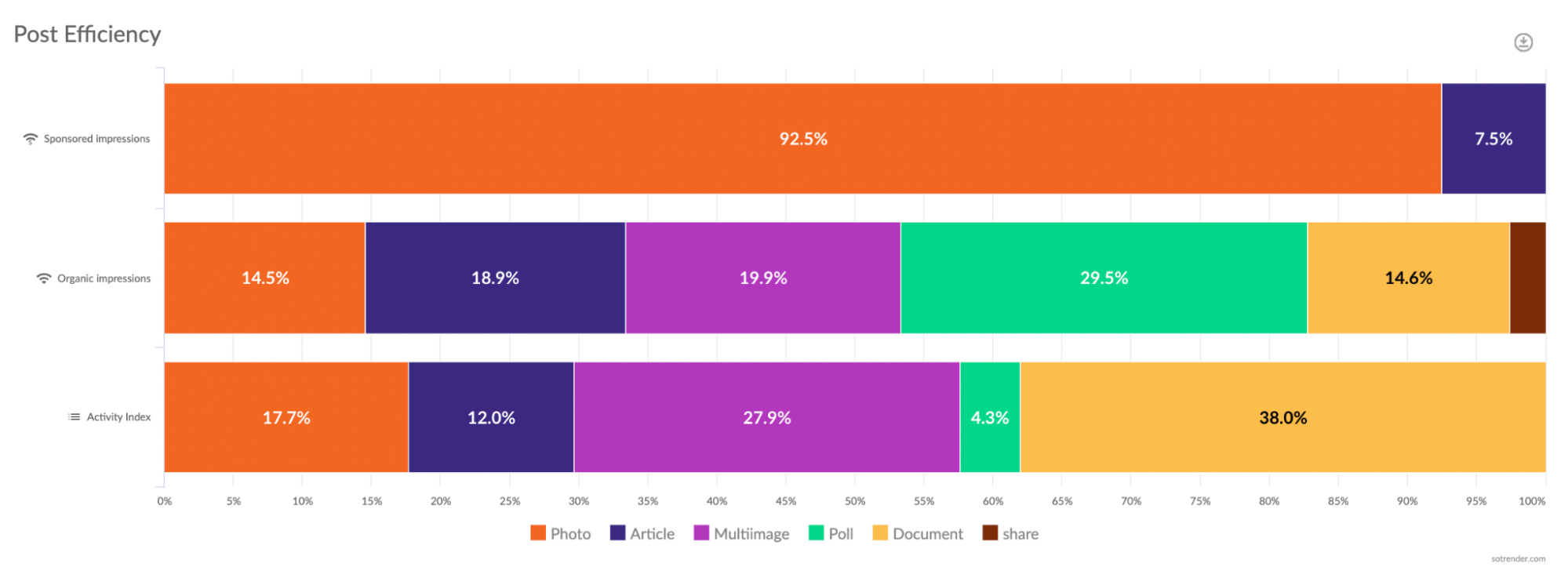
A great example of a company that leverages data analytics is Capital One. They have been able to gather data through various channels including LinkedIn to give their clients safe and consistent services.
Next are content creation tools. LinkedIn offers features like articles and posts, allowing businesses to share their knowledge and expertise. These tools are great for building a brand’s voice and authority in their industry. By sharing useful information, companies can attract more followers and potential customers. Coca Cola has particularly excelled using LinkedIn’s content creation tools, generating a huge chunk of its traffic from LinkedIn.
If you also use tools like keyword explorer to create such content, you increase your chances of not only reaching new people, but more importantly creating content that these people really need.
For lead generation, LinkedIn has powerful tools like LinkedIn Sales Navigator. This tool helps businesses find and connect with potential clients. It offers detailed information about leads, making it easier to reach out to them with personalized messages.
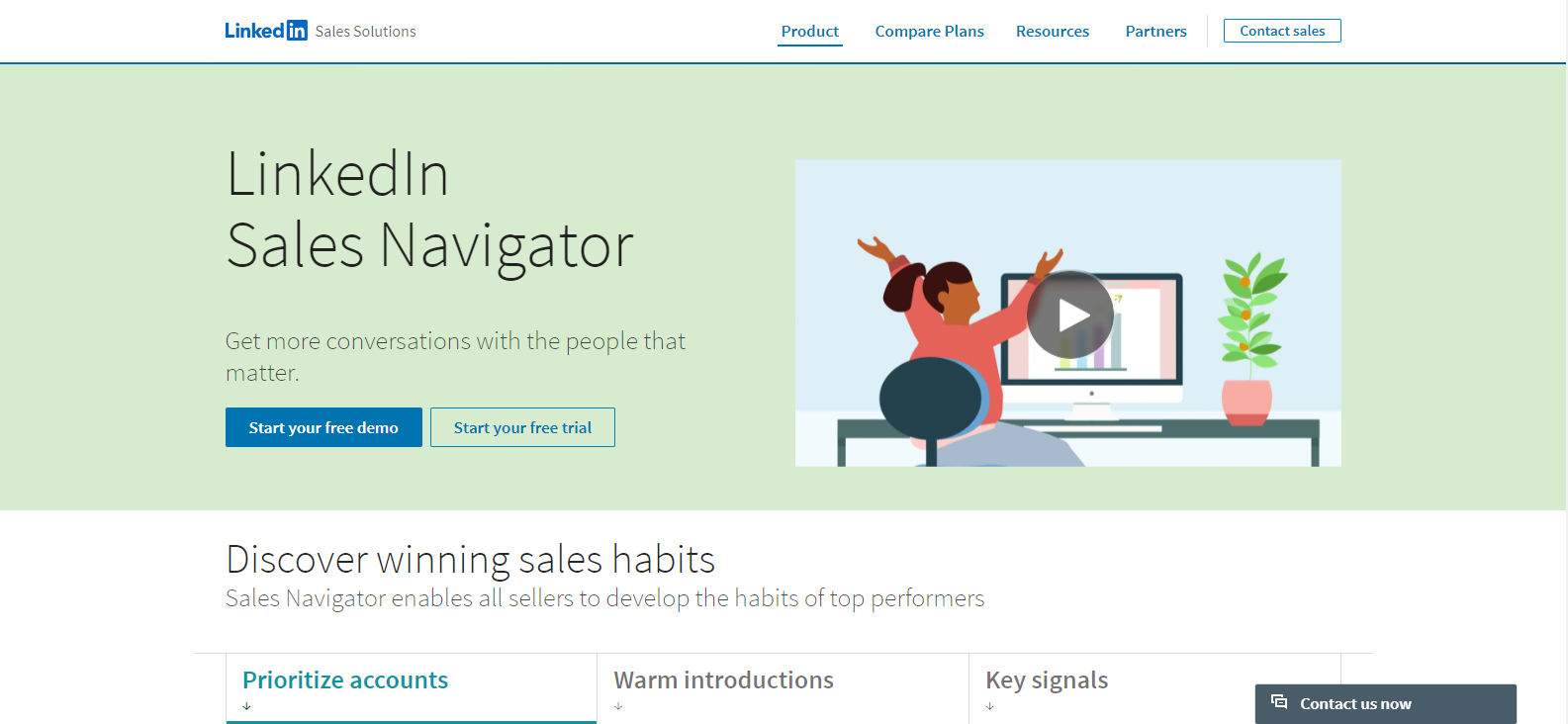
Social media management tools are also part of the spectrum. These tools help businesses schedule their posts and manage their LinkedIn presence more efficiently. By planning content in advance, businesses can ensure a consistent presence on the platform, which is key for engaging their audience.
However, relying solely on automation tools can have its drawbacks. While automation saves time and makes certain tasks easier, it lacks the personal touch that human interaction brings. Automated messages can sometimes feel impersonal to potential clients. It’s important to balance automation with genuine, personal interactions to truly connect with your audience and build lasting relationships.
The Power of Human Touch in LinkedIn Marketing
In the world of LinkedIn marketing, the personal touch—those genuine, human interactions—can make a big difference. Let’s explore how businesses have seen real benefits from personalizing their approach on LinkedIn, and how you can too.
One example of the impact of personalized engagement comes from how companies project their brands. While AI can try to imitate a brand voice, the human touch makes brand voices much more effective. LinkedIn offers companies the opportunity to improve the likelihood of conversion six times over when they communicate with their brand voices.
To incorporate personal interactions into your LinkedIn marketing, consider these strategies:
- Customize Connection Requests: Don’t just send the default connection request. Add a personal note that shows you’ve taken the time to learn about the person or their business.
- Engage with Content: When your connections post something interesting, don’t just like it—comment with thoughtful insights or questions. This shows you’re genuinely interested in what they have to say.
- Share Personal Stories: When you post content, include personal stories or experiences that relate to your professional life. This humanizes your brand and makes it more relatable.
Balancing these LinkedIn automation tools and human interaction is key. Automated tools save time and help manage tasks that don’t need a personal touch, like scheduling posts. But for building relationships and truly engaging your audience, nothing beats personal interaction.
Why are both essential? Automated tools can help you reach a larger audience more efficiently, but personal interactions build trust and loyalty. It’s the difference between just another company and one that truly cares about its clients and customers.
Balancing Automation with Human Touch
Finding the right mix of automation and human touch in your LinkedIn marketing strategy can make a big difference. Here’s a simple guide to help you blend these elements effectively, along with tips on when to use each approach and how to measure your success.
Step 1: Identify Tasks for Automation and Personalization Start by listing all the tasks in your LinkedIn marketing strategy. Then, decide which tasks can be automated and which need a personal touch. For example, scheduling posts can be automated, but responding to comments on those posts should have a personal touch.
Step 2: Use Automation Tools Wisely Automation tools can save you a lot of time. Use them to post content at the best times, send initial connection requests, or share updates about your business. Tools like LinkedIn Sales Navigator can also help you identify potential leads automatically.
Step 3: Add Personal Touches Where It Counts When you’re reaching out to a potential lead or responding to a message, take the time to personalize your communication. Mention something specific about their profile or a recent post they made. This shows you’re paying attention and value the connection.
Tips on When to Use Automation vs. Personal Engagement:
- Use Automation For:
- Scheduling posts in advance.
- Sending out initial connection requests to people in your target audience.
- Sharing regular updates about your business or industry.
- Prioritize Personal Engagement For:
- Sending follow-up messages to connection requests.
- Responding to comments on your posts.
- Reaching out to potential leads with personalized messages.
Measuring the Impact: To see how well your balanced approach is working, keep an eye on a few marketing metrics like engagement rate, user reactions, number of leads generated, and conversion rate.
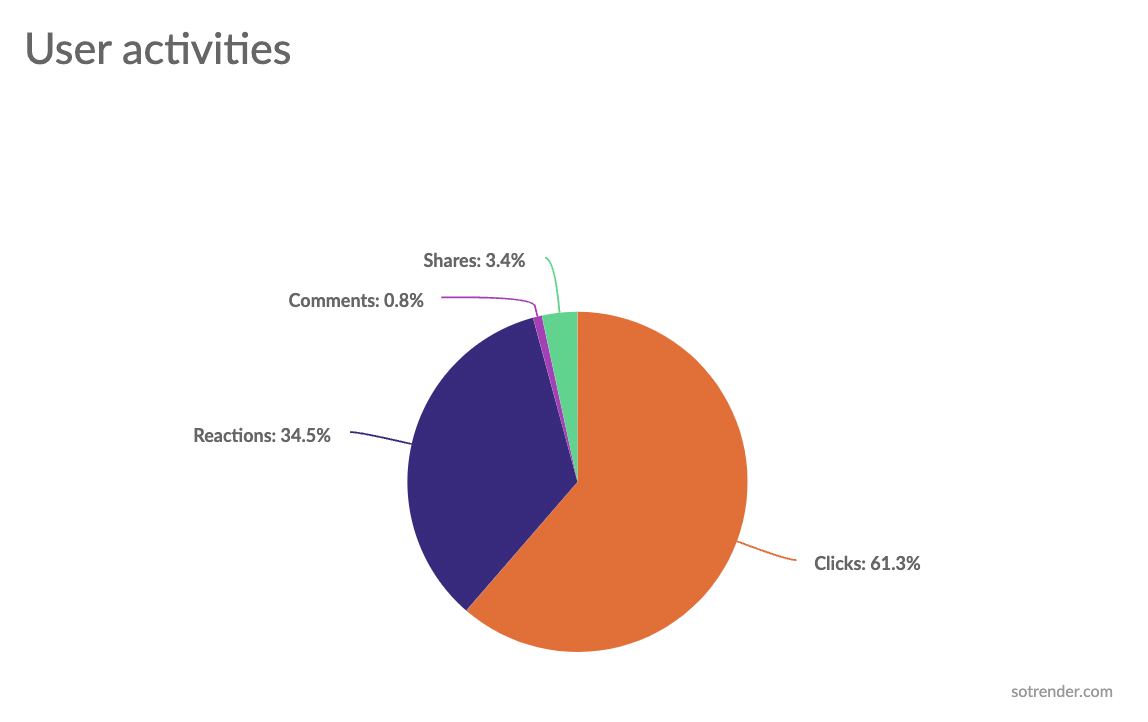
Notice if there’s a change in these metrics after you’ve started integrating more personal touches alongside automation. You might find that your audience responds better to personalized messages, leading to higher engagement and more successful conversations.
Balancing automation with the human touch in your LinkedIn marketing doesn’t have to be complicated. By following these steps and tips, you can create a strategy that saves you time without losing the personal connection that’s so valuable in building relationships on LinkedIn.
Remember, the goal is to use automation to enhance your efficiency while using personal engagement to build meaningful connections with your audience.
Choosing the Best LinkedIn Marketing Tools for Your Business
Choosing the right LinkedIn marketing tools for your business is like picking the right equipment for a hike. You need tools that fit your journey’s goals and challenges. Here’s how to select the best ones for your path and some recommendations based on what experts say.
Factors to Consider:
- Your Goals: What do you want to achieve on LinkedIn? More leads, better brand awareness, or something else? Pick tools that help you reach these goals.
- Your Audience: Who are you trying to reach? Use tools that let you target your audience precisely, like LinkedIn Sales Navigator for finding and connecting with potential leads.
- Ease of Use: Choose tools that are easy for you and your team to use. If a tool is too complicated, it might not be worth your time.
- Integration: Your LinkedIn tools should work well with other tools you’re using, like LinkedIn CRM integration.
- Budget: Some tools are free, while others cost money. Decide how much you’re willing to spend to reach your goals.
Best LinkedIn Marketing Tools:
- LinkedIn Sales Navigator: Great for businesses focused on B2B sales. It helps you find and connect with potential leads.
- Hootsuite or Buffer: These social media management tools let you schedule your LinkedIn posts in advance, saving you time.
- LinkedIn Analytics: Helps you understand how your posts are performing so you can adjust your strategy as needed.
- Canva: While not specific to LinkedIn, Canva is fantastic for creating eye-catching images for your posts or ads.
- Crystal: This tool gives insights into your prospects’ personalities, helping you tailor your messages for better engagement.
- Kixie: This sales engagement tool allows you to achieve multi-channel outreach, with smart workflows for phone calls, SMS, and event-based automation.
- Sotrender: This AI tool helps understand your audience preferences and content performance more thoroughly. Its in-depth analytics is invaluable for optimizing your LinkedIn Company Page.

Based on Industry Trends and Expert Insights:
Experts suggest starting with LinkedIn’s own tools, like Sales Navigator and LinkedIn Analytics, because they’re designed to work seamlessly with the platform. Then, depending on your needs, look into third-party tools for scheduling, content creation, and lead management.
Always keep an eye on new tools and features LinkedIn might release. The platform is constantly evolving, offering new ways to reach and engage your audience.
Future Trends in LinkedIn Marketing and Tools
Looking into the future of LinkedIn marketing and the tools that will shape it is like trying to predict where the next big gold rush will be. But, with the fast pace of technological advances, we can make some educated guesses.
Here’s where experts think LinkedIn marketing strategies and tools are heading, especially with the rise of AI and machine learning.
The Evolution of Strategies and Tools:
- Personalization at Scale: Imagine sending a personalized message to each of your potential clients without spending hours typing each one. AI and machine learning are making this possible. In the future, LinkedIn tools could analyze a person’s profile and activity to craft personalized messages automatically. This means you can reach more people in a way that feels personal to them.
- Smarter Lead Generation: Finding the right people to talk to is a big part of LinkedIn marketing. Future tools, including a LinkedIn email finder, might use AI to not only locate potential leads but also predict which ones are most likely to respond or be interested in your products. This could significantly save businesses time and increase their success rates.
- Automated Content Creation: Creating content that engages people can be tough. Future LinkedIn tools might help by suggesting topics or even drafting posts for you. These tools could analyze what’s trending in your industry and what your audience engages with, then suggest content ideas that align with those insights.
- Enhanced Analytics: Understanding what works and what doesn’t is key to a good strategy. With advances in AI, LinkedIn analytics tools could provide deeper insights into user behavior. They might tell you the best time to post, what kind of content your audience likes, or even predict trends in your industry.
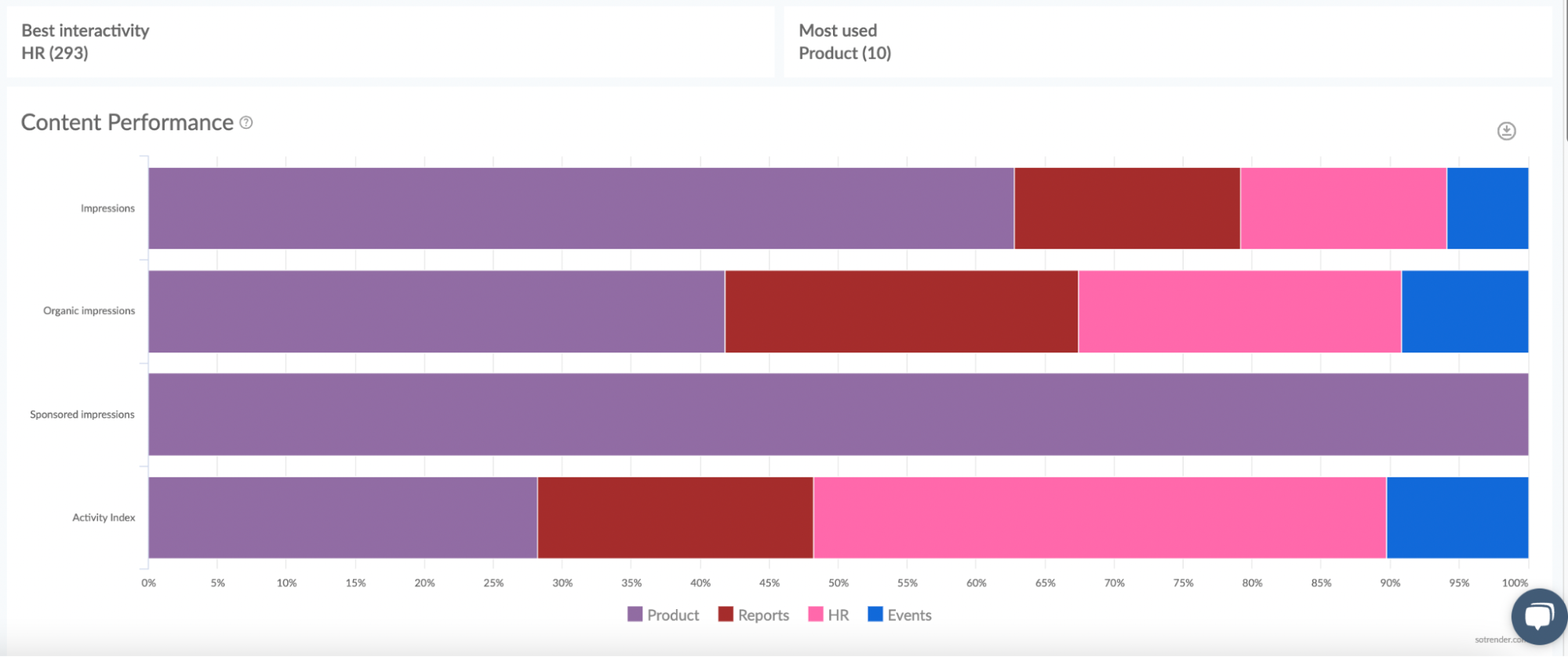
The Role of Emerging Technologies:
Emerging technologies like AI and machine learning are set to play a huge role in automating and personalizing LinkedIn marketing. They can handle tasks that are time-consuming or difficult to scale. But, it’s important to remember the balance. While these technologies can do a lot, the human touch—your unique voice and personal interactions—will always be crucial for building meaningful connections.
LinkedIn Marketing Tools — The Final Note
Enhancing your LinkedIn marketing effectively involves combining the efficiency of automation with the authenticity of personal interactions. Utilizing tools like Sotrender for tasks such as ad reporting and content analysis can streamline your strategy, making it more efficient.
However, the essence of true marketing success on LinkedIn lies in nurturing authentic connections with your audience. Emphasizing personal touch alongside the strategic use of LinkedIn marketing tools creates a powerful synergy. This approach not only builds strong relationships but also drives your business toward significant growth on the platform. By harnessing Sotrender’s advanced features while remaining committed to genuine engagement, your business is well-positioned to thrive on LinkedIn.




